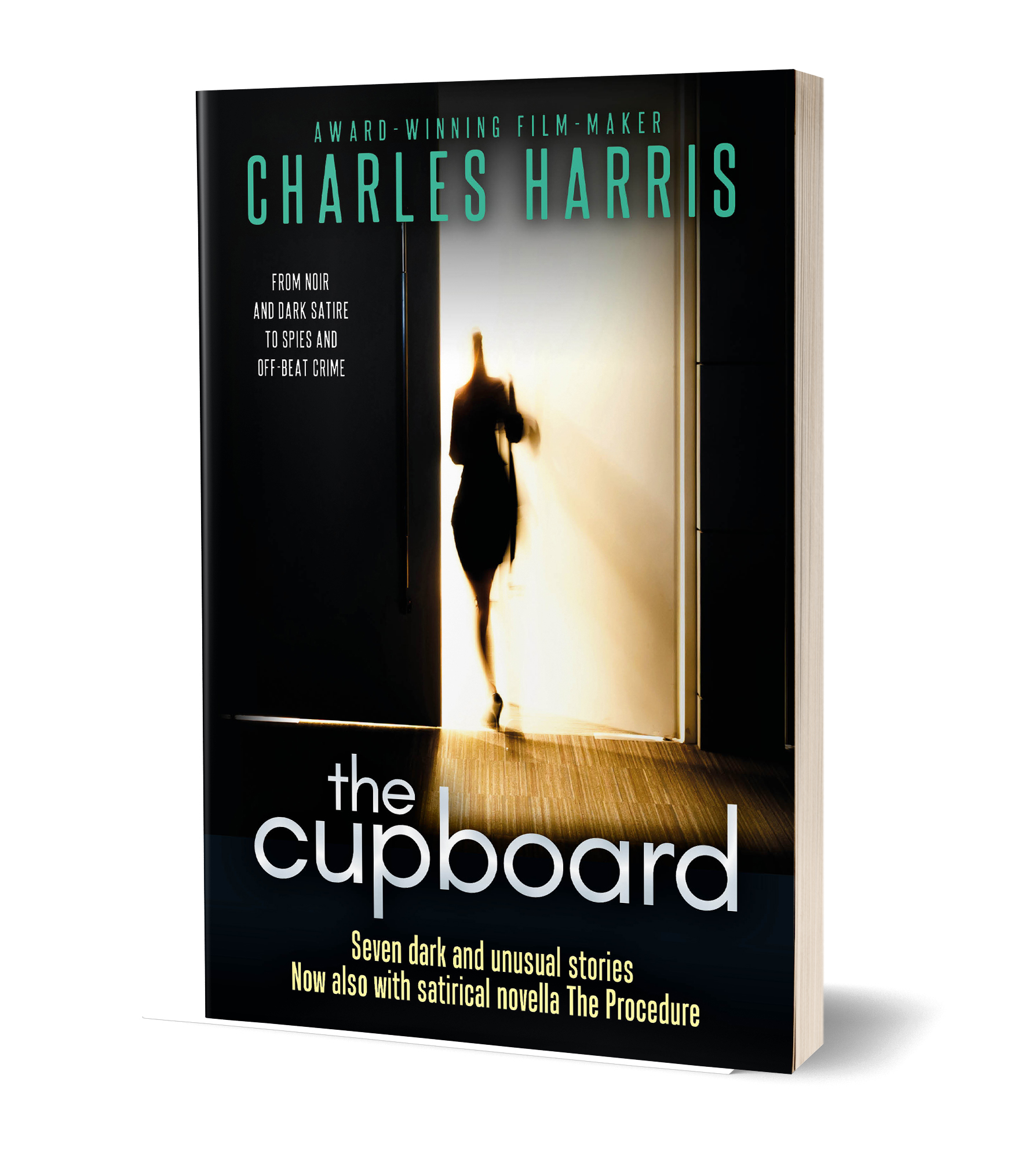The biggest synopsis mistake that writers make
11 Wednesday Feb 2015
Written by Charles Harris in Technique, Treatments
THE BIGGEST SYNOPSIS MISTAKE
I see hundreds of treatments and synopses and most have clearly been slaved over by their writers, but there are still half a dozen major mistakes that sabotage them, no matter how good they are in other ways.
For this tip I want to warn you about what is probably the biggest synopsis mistake of all. It’s one that most screenwriters are not even aware of, and solving it is crucial – though not necessarily easy. However, it certainly can be solved, with focus and commitment. And your treatments and synopses will look 100% more professional.
Finding your balance
The mistake is easily spotted once you know what to look for: it’s not ensuring that the treatment follows the same structure as the script. By this I don’t mean that you must include every scene, subplot or dramatic beat. In fact you absolutely must not.
However, what you absolutely must do is reflect the balance of the story – in other words, your three acts must take up roughly the same amount of space in the outline as they do in the final screenplay.
The first and last acts should take up roughly one quarter of the treatment each, with the second act taking up around half.
Try this at home
Now go and look at your own treatments. I thought so. The vast majority that I see spend at least half their length on the first act. That’s the better ones. Some are worse.
I’ve seen two page treatments, such as those sent to the annual Euroscript Screenwriting Competition, in which the first act takes a page and a half! Leaving a third of a page for the second act and (if you’re lucky) a whole three sentences for act three.
The problem with this is that you waste an enormous amount of time setting things up, and leave yourself almost no space to show how you are going to develop the main story and build a satisfying climax.
The reader is left frustrated and uninformed – and that’s not a good way to win over a producer or development executive.
If this is bad, there is one worse case: (the very biggest synopsis mistake) that’s when this kind of treatment actually does reflect the balance of the script – because the script too spends three quarters of its length setting things up and the last 25 pages frantically trying to squeeze in some kind of plot.
Simple but not easy
Either way, this needs urgently to be dealt with. Be ruthless. The problem is almost always a desire to “set things up.” Don’t. The great screenwriters don’t do setting up. They plunge you straight into the story and fill in the gaps later, when the audience is already involved.
All that information you are sure the reader needs to know? She doesn’t. Believe me.
Get straight to the point. Draw the reader in with story and character. Keep it readable and flowing. Make sure the first big turning point happens one quarter of the way in, to allow yourself time to show how strong your second act is going to be.
Then be disciplined again at the end. You need at least a quarter of the length to show how good your climax is.
The idea is simple – but not easy. It takes discipline and professionalism. But it can be done. And your treatments will look so much stronger.



4 Comments
June 18, 2020 at 10:51 am
Having written a film script, this is daunting to me. Hence why I’ve not submitted my film script!
June 18, 2020 at 5:14 pm
Hahaha! Go on, do it! Nobody expects a synopsis to be good. Everybody knows they are a pig to write. Just get it done and start submitting that script!
Very best
Charles
July 12, 2023 at 12:04 pm
Hi Charles,
My book has four viewpoint characters, so to follow the structure of the book is hard. e.g. some things we find out simultaneously, but I don’t want paragraph after paragraph of switching perspectives. What should I do?
Lowri
July 12, 2023 at 3:54 pm
Hi Lowri
Thank you – good question. I agree that paragraph after paragraph of switching perspectives can be hard on the reader.
Depending on your story, you probably have three ways of tackling the synopsis.
1. If there is a main protagonist, focus the synopsis on them in the normal way, and allow the others to drop into the background. You may even leave them out, if not essential to the story spine. You don’t have to tell the whole story as it is in the novel. You just have to give a very skeletal outline of the overall drive.
2. If there is more than one protagonist, however, you may need to treat them as a single unit. Find what they have in common and focus on that, almost as if they were a single character in themselves – a team, say, a criminal gang or a film unit. Again allow any of the non-protagonists to drop away.
3. If the story is made up of multiple strands, don’t try to tell them all. Give the over-arching idea that connects them, along with a few key examples. Don’t go into detail, but write each example as a log-line or pitch. Make the pitch for the strands you choose to foreground as strong as possible.
I also suggest you search the internet for outlines of novels which have multiple character viewpoints. (Many do). See how they handled the problem. Wikipedia is good for outlines of many classic books. They tend to come in one of the earlier sections, under “plot” or some similar heading.
I hope this helps. Tell me how you get on.
Charles